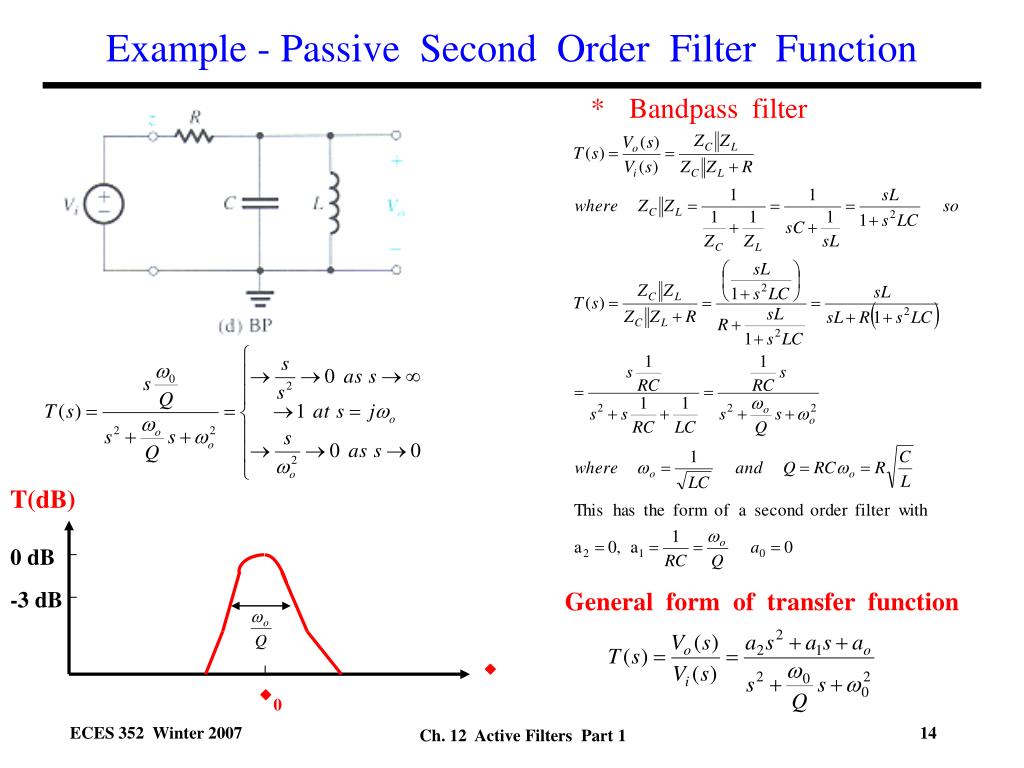

The high input impedance provided by an op amp circuit protects the instrument providing the signal from passing excessive current which could cause a voltage drop in the measurement signal or damage to the instrument itself.īecause the filter is second order, the rolloff after the cutoff frequency on a bode plot of a 2nd order low pass filter for example, is -40 dB/decade as opposed to -20 dB/decade for a first order (RC) filter which means significantly greater attenuation outside the pass band and a sharper cutoff.

The response of a Butterworth double pole high pass filter. RC filters are typically used for filtering lower power signals. It has a response that extends down from infinity to a cutoff frequency, which is defined as the point at which the amplitude has declined 70.7 (or 3 dB) from its initial value. A second order filter will contain two active elements and has twice the frequency roll off. These gain values are necessary to guarantee Butterworth response and must remain the same regardless of the filter cutoff frequency. 3 High Pass Filter A high pass filter is used to eliminate low frequency harmonics from an analog waveform. In a fourth order filter the gain of the first section is 1.152 while that of the second section is 2.235. In a third order filter the voltage gain of the first order section is one and that of the second order section is two.

Also, the accuracy declines, in that the difference between the actual stop band response and the ideal stop band response increases with an increase in the order of the filter.įigure 15.14, shows third and fourth order low pass Butterworth filters. There is no limit to the order of the filter that can be formed as the order of the filter increases, so does its size. Second Order Passive High Pass Filter Passive High Pass Filter Summary High pass RC Differentiator Applications of the High Pass Filter Introduction An Electrical filter is a circuit, designed to reject all unwanted frequency components of an electrical signal and allow only desired frequencies. The objective of the new design was to keep the feedback factor as high as. Second order filter has a role of slope of 2 x +20dB/decade or +40dB (12dB/octave). Cascading together they form a second order High pass filter. A fourth order low pass filter is composed of two cascaded second order low pass filter sections. We are talking about passive filter circuit with a carefully tailored output. CAPACITOR and RESISTOR is the first order and CAPACITOR1 and RESISTOR1 is second order. For example, a third order low pass filter is formed by cascading or connecting first and second order low pass filters in series. Higher order filter design, such as third, fourth, fifth and so on are formed simply by using first and second order filters.


 0 kommentar(er)
0 kommentar(er)
